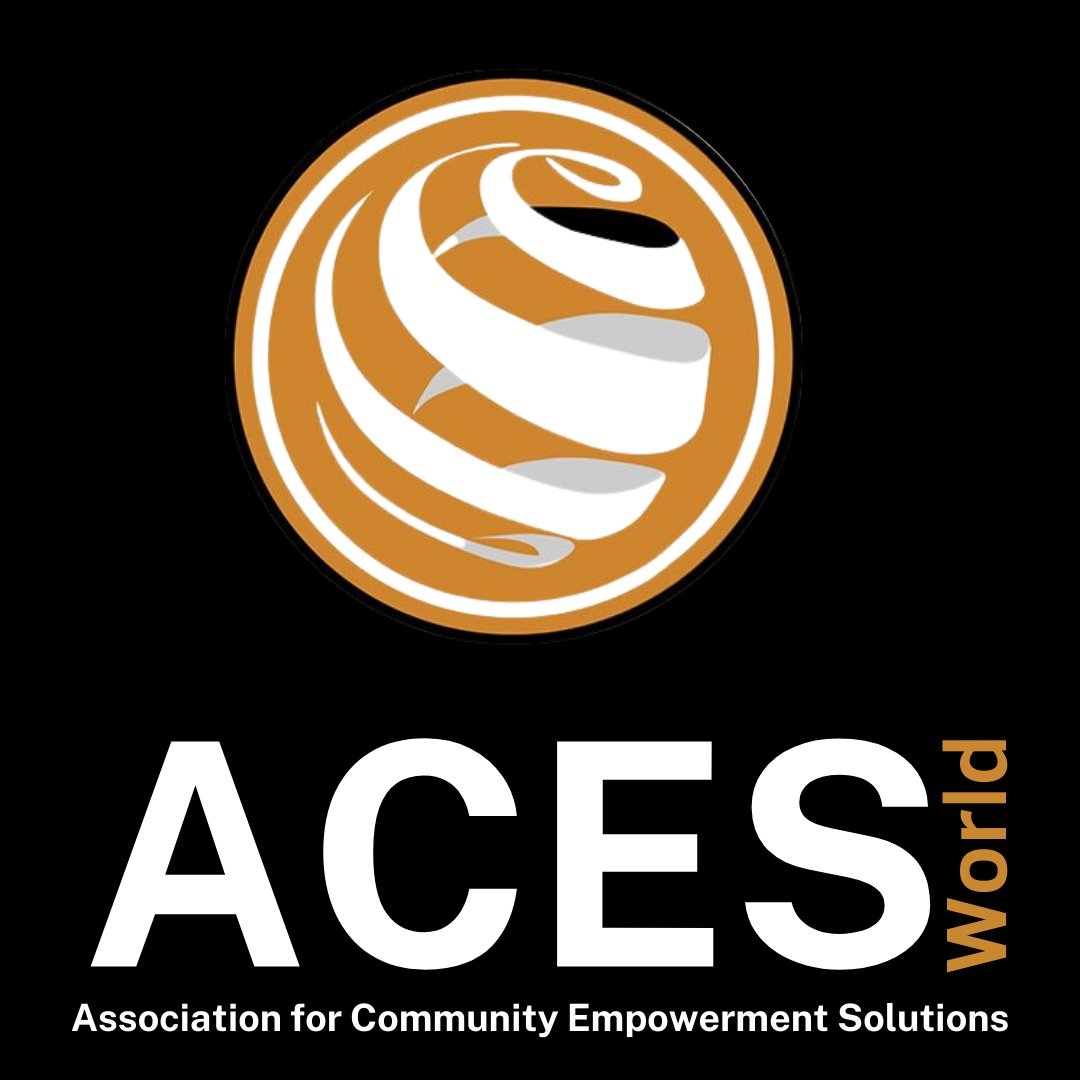Human Trafficking: The Hidden U.S. Crisis
One million ninety-one thousand people are living in conditions of modern slavery in the USA. Each year, an estimated 14,500 to 17,500 foreign nationals are trafficked into the United States, and approximately 200,000 American children are at risk for trafficking into the sex industry.
The United Nations defines human trafficking as ‘the recruitment, transportation, transfer, harboring, or receipt of persons using the threat or use of force or other forms of coercion, of abduction, of fraud, of deception, of the abuse of power or in a position of vulnerability or of the giving or receiving of payments or benefits to achieve the consent of a person having control over another person, for the purpose of exploitation.”
The US is one of the top 10 destinations for human trafficking. According to the National Human Trafficking Hotline, human trafficking is pervasive in every state. One common trait among all forms of human trafficking is the use of exorbitant fees, such as those for transportation and housing, to place victims in a position of debt bondage. Traffickers profit at the expense of their victims by compelling them to perform labor or engage in commercial sex in every region of the United States.
Four hundred thousand children go missing in the US yearly, and 30% of these missing children are trafficked. That is more than 100,000 children each year. 60% of trafficked children are foster youth. NGOs are increasingly reporting cases of human trafficking by a family member, guardian, or intimate partner. These patterns in the US reflect the living legacy of the systemic racism and colonization globalized during the transatlantic slave trade and regional practices of Indigenous dispossession. Traffickers target those who experience compounding forms of discrimination:
Racial and ethnic identity
Gender identity
Victims of intimate partner and domestic violence
Those in the criminal justice system
Runaways and homeless youth
Fostered or institutionalized youth
Undocumented workers
Persons with disabilities
The Global Slavery Index USA Country Study praises the U.S. Government’s response to trafficking. They say it has “the equal second strongest response globally behind the UK,” and: “This reflects robust measures to identify and support survivors and action to eliminate modern slavery from supply chains, including the introduction of the Uyghur Forced Labor Prevention Act in 2021, but more needs to be done.
Victim’s advocates want the government to prioritize a more comprehensive and proactive approach to address the factors and conditions, including those created by government policies or structures like the criminal justice system, immigration system, housing, and healthcare that increase vulnerabilities to human trafficking. The government must provide workers in domestic and agricultural sectors, performing duties historically performed by people who were enslaved, people who were formerly enslaved, and their descendants, with legal worker protections under federal law.
Human trafficking is a grave crime and a human rights abuse. It compromises national and economic security, undermines the rule of law, and harms the well-being of children and communities everywhere. It is a crime of exploitation. Traffickers profit at the expense of their victims by compelling them to perform labor or engage in commercial sex in every region of the United States.
References
Hepburn, S., Simon, R.J. Hidden in Plain Sight: Human Trafficking in the United States. Gend. Issues 27, 1–26 (2010). https://doi-org.proxygw.wrlc.org/10.1007/s12147-010-9087-7
Human trafficking. National Human Trafficking Hotline. (2023, April). https://humantraffickinghotline.org/en/human-trafficking
Human-trafficking. United Nations: Office on Drugs and Crime. (n.d.). https://www.unodc.org/unodc/en/human-Trafficking/Human-Trafficking.html
Myths, facts, and Statistics. Polaris. (2023, November 7). https://polarisproject.org/myths-facts-and-statistics/
U.S. Department of State. (2023, January 18). About human trafficking - United States Department of State. U.S. Department of State. https://www.state.gov/humantrafficking-about-human-trafficking/
U.S. Department of Justice, Office of Juvenile Justice and Delinquency Prevention (2023, May 24). National Missing Children’s Day https://ojjdp.ojp.gov/events/nmcd/2023-national-missing-childrens-day
Global Slavery Index USA 2023, Country Study. Walk Free, (2023) https://www.walkfree.org/global-slavery-index/country-studies/united-states/.
